Latest News
- Nazaha Unveils 49 Forged Certificates In 5 Years
- One Injured And Two Killed In An Abdali Road Accident
- Finance Ministry Approves ‘Afiya 4’ Health Insurance Tender With...
- KOC Clinches 63 Rig Contracts Worth $670 Million
- MoE Approves 169 Committees To Test 40,000 High School Students...
- Municipality Launches Campaign Against Unauthorized Car Awnings...
- Civil Service Commission Observes 170 Violations Across Ten Gove...
- Ministry Of Trade And Industry Cracks Down On Grill Pan Weight T...
- Ministry Of Health Considers Fingerprint System For Primary Heal...
- Kuwait Airways Reschedules Dubai Flights Amid Weather Alert
- Kuwait-UAE Security Meeting Advances Electronic Deportation Coor...
- Two Expats Are Arrested For Stealing From Salmiya Grocery
Builders Booms And Bright Eyes – We Do Dhows
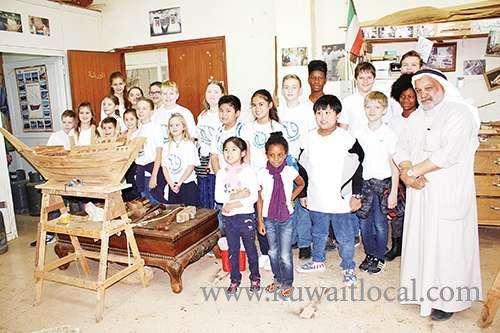
A group of students from the International School Association (ISA) and their mothers spent a fun and informative morning learning about Kuwait’s seafaring heritage when they visited the Dhow Builders Diwannia on the seafront in Sharq. Their knowledgeable host was Sadeq Al Qallaf, the diwannia’s Workshop Manager, who hails from a long line of distinguished Kuwaiti shipbuilders. Ranging in age from six to fifteen, the students displayed a keen interest in the process of shipbuilding, the traditional hand tools, and the many different types of ships that used to be built in old Kuwait.
Sadeq Al Qallaf welcomed the visitors, explaining that the diwannia provides a meeting place as well as a fully-equipped workshop where men can learn and practice traditional shipbuilding skills by making models that are exact replicas of the traditional vessels.
Kuwaiti shipwrights were once famous for constructing graceful and seaworthy vessels that were among the fastest trading ships in the world. Working without any drawings or written plans, the shipbuilders’ skill and knowledge was passed from father to son. And so it went for countless generations, until the discovery of oil. Now the legacy of these great men, once the pride of Kuwait and the mainstay of the country’s economy, lives on in the Dhow Builders Diwannia.
The children gathered around their host as he displayed a variety of shipbuilders’ tools and explained how they were used. “In the old days there was no electricity so the shipbuilders used these simple hand tools. They served the purpose well for centuries and we still use the exact same tools today, to make our model ships.”
Al Qallaf demonstrated how the bow drill, or mijdah, is used. The cord of the bow is wrapped around the shank several times and causes the drill to rotate first in one direction and then the other, as the bow is drawn back and forth. It is a tool that dates back to the Bronze Age.
There is a small brass triangle, called a hindaza. Attached to it is a string with a weight on it, known as a plumbob or zubild. The hindaza is a type of protractor, used to set up the slope for the stem and the stern by measuring angles with respect to the vertical.
There are heavy iron nails of different lengths and even these nails were all made by hand, Al Qallaf noted. He showed the children a huge nail longer than a man’s arm and said that such nails were used for placing the stem and stern of the ship. For each different sized nail there was also a correspondingly-sized bow drill.
“What kind of wood was used to build the ships?” asked one of the boys.
“Teak is the best wood for shipbuilding as it’s strong and durable as well as lightweight. There are many types of wood that are very strong but they are also very heavy and you certainly don’t want your ship to be heavy and prone to sinking.”
“Where did they get the wood?”
Al Qallaf replied that the wood was imported from India and Burma. All the wood for making ships and other wooden items used in old Kuwait had to be imported because there were no trees in Kuwait. Before the discovery of oil, there were no known natural resources. To the advantage of the shipbuilders and seafarers, however, was a large natural harbour and the dry climate and scorching sun that was very effective for seasoning the wood.
Al Qallaf pointed to a large model dhow at the initial stages of construction, with some of the ribs already in place. He explained that the old shipwrights would use naturally-curved boughs of ironwood brought from India for the ribs. With a keen eye they would select the most suitably shaped pieces and place them along the keel.
The children wanted to know about the different kinds of ships the shipbuilders used to make. How many different kinds were there and what was the difference between them?
Al Qallaf replied that there were about ten different types of ships commonly built in old Kuwait and each type was used for a different purpose. Kuwait’s specialty was the boom. Only the Kuwaitis could build this type of ship so shipbuilders from other countries in the Gulf would come here to learn how to make it.
Most booms have two masts but some of the larger ones have three. The boom was used for carrying heavy cargoes from India and Africa to Kuwait, but its versatile design enabled it to be adapted to many uses. Al Qallaf points out a model of a gatah, a smaller sized boom used for short trips in the Gulf, and a tishala, a type of boom used for bringing building stones from a quarry on the northern shores of Kuwait.
Al Qallaf remarked that the most interesting adaptation of the boom was as a water carrier. Its design evolved as the result of Kuwait’s growing demands for new sources of fresh water. As Kuwait town grew, the water provided by the few scattered wells was no longer sufficient for the increasing population. In 1925, the first Kuwaiti boom sailed to the Shatt Al Arab river in Iraq and brought back barrels filled with fresh water.
The river water trade rapidly expanded and soon many sailing booms, specially designed for hauling water, were plying the sea between Kuwait and Iraq. The precious cargo was loaded by filling large tin cans with water and lowering them through slots in the deck and then tipping them into water tanks in the hold. When the water booms reached Kuwait, the fresh water was emptied into reservoirs along the seafront.
Al Qallaf explained that water vendors with long poles slung over their shoulders and tin containers dangling from the end of each pole went door-to-door selling water. The water was also filled into goatskin bags and loaded onto the back of donkeys for home delivery. The children voiced surprise about it being such a lengthy and complicated process just to obtain fresh water.
Al Qallaf invited the children and their mothers into the exhibition room across the hall from the workshop in order to see more models of different kinds of ships. The room is chock-full of wooden model ships, ranging in size from about thirty centimeters to over a meter in length. Each one has been painstakingly made by hand, an exact replica of a certain type of traditional craft.
The children were fascinated by the detailed models. They noted that some of them had oars and Al Qallaf explained that these were the pearling ships, the jalboot, sanbuk, shoo’i, and bateel. They would sail to the oyster banks and then during the course of the day, row from one area to another.
Al Qallaf pointed out the sleek lines and ornate stem emblem of the bateel, the flagship of the pearling fleet. “The bateel was always the first ship to lead the others out to sea at the start of the pearling season and it was also the one to lead the ships back home,” he noted.
As the children carefully examined the model ships they came up with very thoughtful questions. “Why is the steering wheel at the very back of the ship and not at the front?” one boy wanted to know.
Pointing at the steering wheel on one of the model ships, Al Qallaf explained that it is attached to long metal chains that are connected to the rudder which is used for steering. He called the boy’s attention to the rudder, a flat piece of wood hinged vertically at the stern.
“The steering wheel needs to be close to the rudder. If it were at the front of the ship then the chains would have to run the entire length of the ship.”
A little girl pointed to a vertical wooden box located near the front deck of the ship. “What’s this?” she asked. “I noticed that all the different kinds of ships have one.”
“That wooden box houses the ship’s cooking stove,” Al Qallaf answered. “The ship’s cook would make a wood-burning fire and cook the food for the crew in big metal pots.”
The children were also interested to know about the dangers the sailors encountered at sea. Their host told them about treacherous coral reefs, shifting sand banks, storms with huge waves that could wash a man overboard and heavy winds that could break the mast or damage other parts of the ship.
“There had to be a shipbuilder on every ship during the long trading voyages, so that repairs could be made to the ship if it were damaged. So shipbuilders didn’t just stay on land and build ships, sometimes they also sailed on them.”
“Are these models for sale?” one of the children asked.
Al Qallaf replied that the models are popular for decorating private offices, hotels, ministries, and diwannias, and are also used as presents for visiting foreign dignitaries and heads of state. Some of the models on display are for sale, and custom-made models can also be commissioned.
The visit to the Dhow Builders Diwannia passed quickly as the children asked many more questions, all expertly answered by Sadeq Al Qallaf who enjoyed the children’s interest in Kuwait’s shipbuilding trade. For their part, the children gained new understanding and appreciation for the hard work, great skill, and challenging lifestyle of Kuwaiti shipbuilders and seafarers, who once were completely dependent upon the sea for their livelihood and survival.
SOURCE : ARABTIMES
Trending News
-
 Eid Al Fitr 2024: Crescent Moon Not Sighted In Sau...
08 April 2024
Eid Al Fitr 2024: Crescent Moon Not Sighted In Sau...
08 April 2024 -
 Kuwait Implements Home Biometrics Services Ahead O...
14 April 2024
Kuwait Implements Home Biometrics Services Ahead O...
14 April 2024 -
 When Will Eid Al Fitr 2024 Take Place In Qatar, Ba...
08 April 2024
When Will Eid Al Fitr 2024 Take Place In Qatar, Ba...
08 April 2024 -
 MOI Urges Pre-booking For Biometric Appointments V...
02 April 2024
MOI Urges Pre-booking For Biometric Appointments V...
02 April 2024 -
 On Sunday, The Meteorological Department Warns Of...
07 April 2024
On Sunday, The Meteorological Department Warns Of...
07 April 2024 -
 Kuwait Airways Provides Update On Flight Schedule...
14 April 2024
Kuwait Airways Provides Update On Flight Schedule...
14 April 2024 -
 Winners Of Kuwait National Assembly 2024 Elections
06 April 2024
Winners Of Kuwait National Assembly 2024 Elections
06 April 2024 -
 Gathering For Eid Al-Fitr Prayers: Kuwaiti Citizen...
10 April 2024
Gathering For Eid Al-Fitr Prayers: Kuwaiti Citizen...
10 April 2024 -
 Kuwait Airways Introduces Convenient Home Luggage...
15 April 2024
Kuwait Airways Introduces Convenient Home Luggage...
15 April 2024 -
 Transforming Kuwait's Public Transport: The Digita...
07 April 2024
Transforming Kuwait's Public Transport: The Digita...
07 April 2024





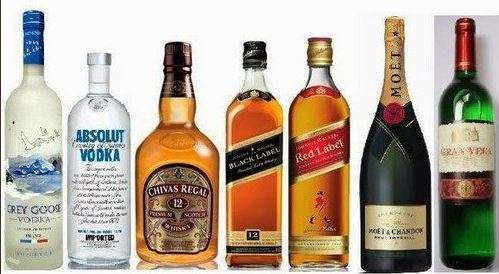
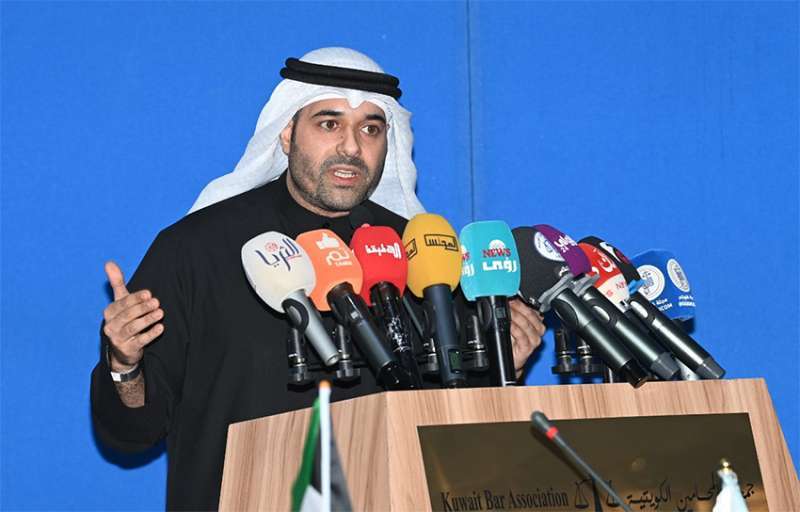
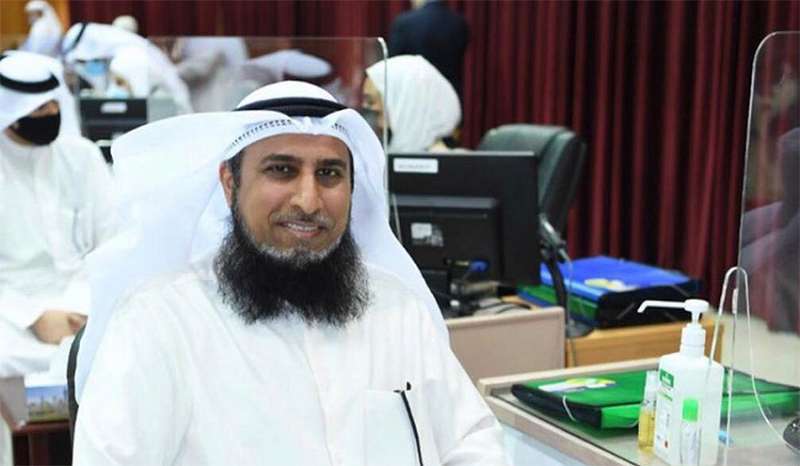
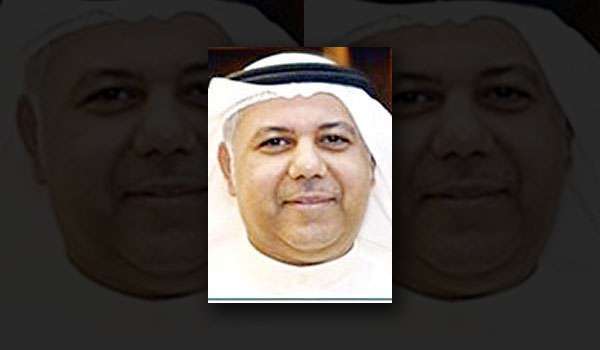
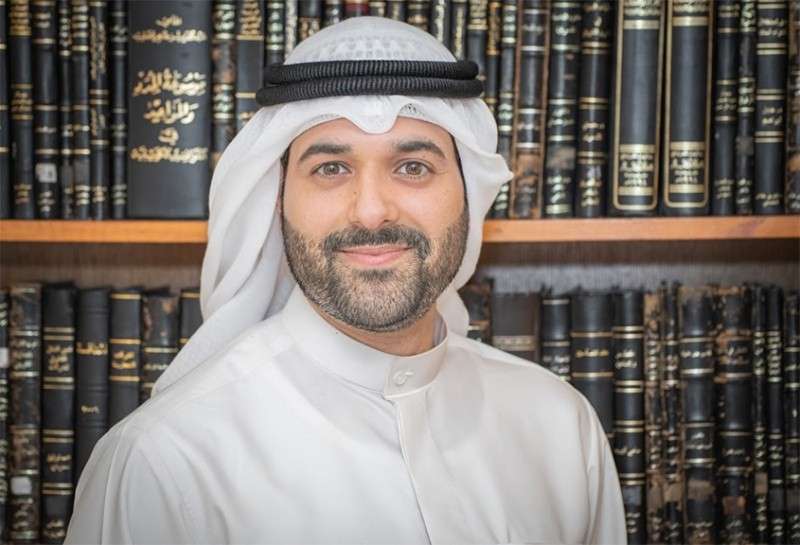
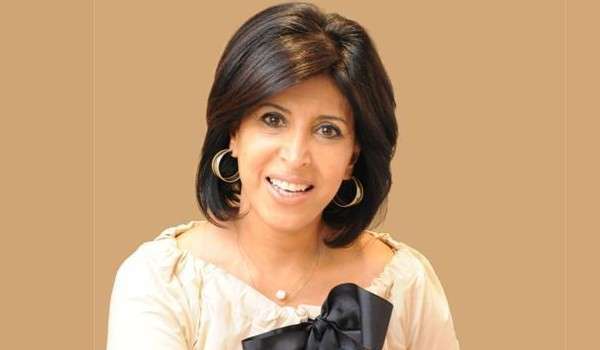

Comments Post Comment